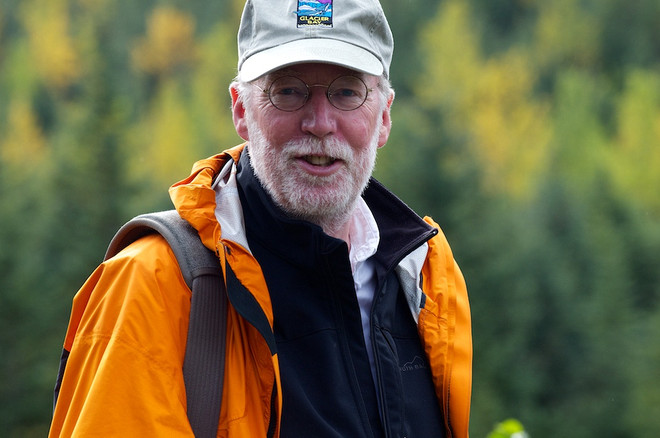
An early interest in photojournalism led me to the University of Alaska in Fairbanks. I honed my camera skills working on the college paper, freelancing for the Fairbanks Daily News-Miner and a weekly newspaper, and shooting weddings and Alaska wildlife. But, after college, I tacked away from journalism practiced behind a camera and into journalism practiced behind a typewriter (yes, it was that far back). I reported for and edited newspapers in Fairbanks, Anchorage and Juneau.
I then took an even sharper turn away from photography to commercial fish for salmon near Glacier Bay, to work as a state ombudsman, and to market Alaska seafood in domestic and overseas markets. I finished my career(s) in political offices serving at the local government level and then in the Alaska State House and State Senate before serving as a political appointee in D.C. as Senior Advisor to the Secretary of the Interior during President Obama's first term. While ping-ponging through professions and opportunities my home darkrooms served as storage for boxes of home detritus and my Nikons were expensive bookends.
It wasn't until the middle years of the 2010s that a camera bag finally replaced my briefcase and neckties gave way to camera straps. In an effort to photographically celebrate the strength as well as the fragility of nature, I've now found a niche somewhere between pastime and obsession. Much of my photography attempts to highlight our heritage of natural and protected landscapes and the animals and plants those landscapes nurture. An important element in my efforts are our communal lands--our public lands.
One of the lyrics from Woody Guthrie's epic folk song This Land Is Your Land famously captures the important distinction between private and public spaces: "As I was walkin', I saw a sign there/And that sign said no trespassin'/But on the other side, it didn't say nothin'/Now that side was made for you and me." Our national forests, national parks and wildlife refuges, and our state and local parks are made for you and me. Instead of the admonishment to not trespass on public land there's the ethic to not trash, the impulse to protect, and the need to ensure the survival the animals and plants that depend upon wide-open spaces.
These lands are not just our heritage but the heritage of following generations. We must insure the continued viability of these special, public places.